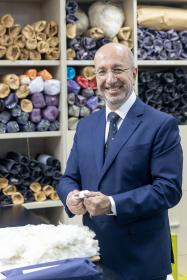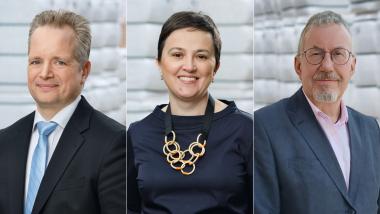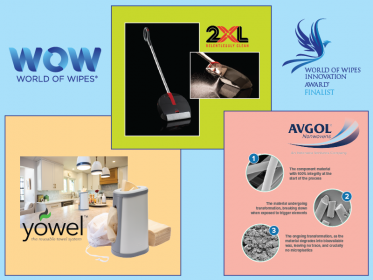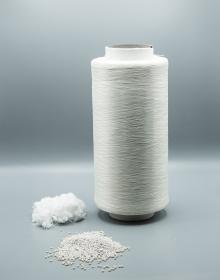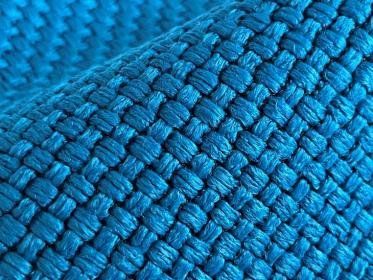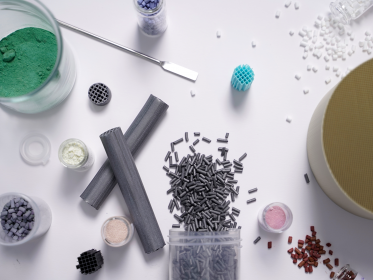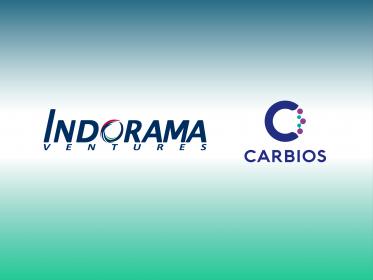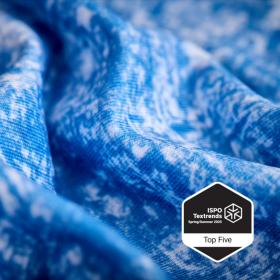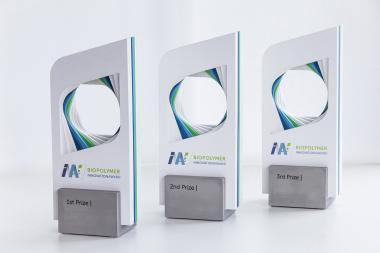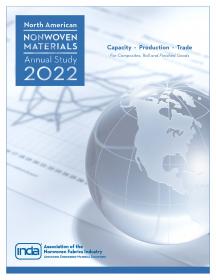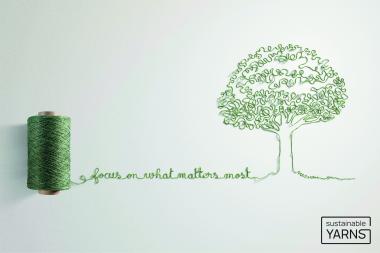Kostenlose Tampons – CWS will neuen Standard in der Hygieneausstattung setzen
Verschiedene Untersuchungen haben gezeigt, dass Hygieneartikel für Frauen häufig deutlich teurer sind als für Männer. Die Kinderrechtsorganisation Plan International kam im letzten Jahr im Rahmen einer Studie zu dem Schluss, dass insbesondere Menstruationsartikel, wie Binden, Tampons oder Slipeinlagen in Deutschland deutlich teuer seien. Jedes vierte Mädchen und jede vierte Frau gaben an, sie hätten finanzielle Mühe, sich mit ausreichend Menstruationsprodukten während ihrer Periode zu versorgen. Sogar jede zweite gab an, sich besser mit Tampons oder Binden zu versorgen, wenn diese günstiger wären.
CWS Hygiene, Serviceanbieter von Hygieneartikeln für den Waschraum, darunter Seifen- und Handtuchspender, möchte diese Missstände nun abschaffen. „Unsere Vision: wir wollen, dass Menstruationsprodukte wie Tampons in Waschräumen genauso selbstverständlich frei verfügbar werden wie sauberes Wasser, Seife oder Toilettenpapier. Denn es sollte nicht sein, dass solche Grundbedürfnisse für Frauen aufgrund finanzieller Überlegungen nicht bedient werden können,“ so Yonca Cevik, Divisional Product Manager bei CWS Hygiene International. „Mit dem Period Pack bieten wir Gebäudebetreibern und Unternehmen ein Produkt, mit dem sie einen aktiven Beitrag leisten können.“
Der Period Pack ist ein Tamponspender, der kostenlos Tampons per Push-Funktion verfügbar macht. Der Spender eignet sich für zwei verschiedenen Größen aus nachhaltiger Bio-Baumwolle.
CWS International GmbH





